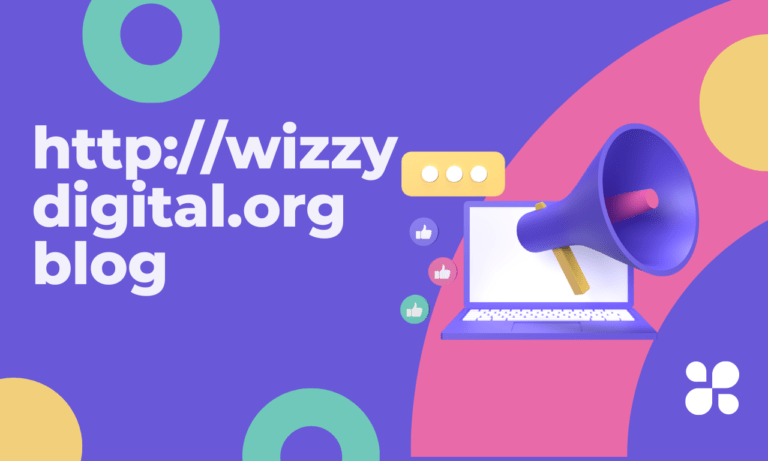The Complete Guide To Performance Marketing
Performance marketing is a type of digital marketing where brands only pay marketing service providers. Once their business goals are met or when specific actions are completed, such as a click, sale, or visit to a website. Performance marketing has proven to be efficient for numerous companies. It not only reduces expenditure on advertising but also increases the reach and effectiveness of their campaign.
What is Performance Marketing?
Performance marketing is a form of online marketing in which advertisers pay publishers only. When their ads generate the desired action, such as a click, lead, or sale. This results in more efficient use of an advertiser’s budget and allows them to focus on conversions rather than clicks.
It can be used to measure the effectiveness of different marketing channels, as well as the Return on Investment (ROI) of specific campaigns. In addition, performance marketing can provide insights into customer behavior that can be used to improve future campaigns.
Why Perform Marketing?
There are many reasons why businesses should perform marketing activities. Marketing helps businesses to reach new customers, increase brand awareness, and generate leads. Additionally, marketing can help to build customer loyalty and drive sales. Marketing is an essential part of any business growth strategy.
The Difference Between PPC and SEO in the Context of Performance Marketing
There are a lot of moving parts to performance marketing, and it can be difficult to keep track of everything. In this guide, we’re going to break down the two most important methods of performance marketing. Pay-per-click (PPC) and search engine optimization (SEO).
PPC is a method of online advertising where advertisers pay a fee every time their ad is clicked. This means that your ad needs to be well-targeted and relevant to your audience in order to get clicks. Once you’ve gotten clicks, it’s important to have a good conversion rate so that those clicks turn into customers or leads.
SEO is a bit different. It’s all about optimizing your website and content so that you rank higher in search engine results pages (SERPs). This means that people who are searching for terms related to your business will be more likely to find you. Once they’ve found you, it’s important to have high-quality content so that they stay on your site and convert into customers or leads.
Both PPC and SEO are important methods of performance marketing, but they have different strengths and weaknesses. PPC is great for getting immediate results, while SEO takes longer to see results. It can be more cost-effective in the long run. The best approach is usually a mix of both PPC and SEO, using each method to complement the other.
Understanding the Impact of Mobile Devices on Performance Marketing
As the world becomes more and more mobile, it’s important for performance marketers to understand the impact that mobile devices can have on their campaigns.
There are a few key things to keep in mind when it comes to mobile performance marketing:
- Mobile devices have different screen sizes and resolutions than desktop computers. Your ad creative needs to be optimized for these smaller screens.
- Mobile users are going and may not have time or patience to fill out long forms or complete complex tasks. Your offer needs to be clear and concise.
- Mobile users are more likely to use apps than desktop users. You need to make sure your campaigns are being delivered through apps that they’re already using.
- Finally, always keep track of your mobile performance metrics. You can continue to optimize your campaigns for the best results.
A Brief History of Performance Marketing
The term “performance marketing” was first coined in the early 2000s, but the concept has been around for much longer. In the most basic sense, performance marketing is a form of advertising in which businesses only pay for results. This could mean paying based on clicks, leads, sales, or any other metric that measures success.
The pay-for-performance model is attractive to businesses. It aligns their interests with those of the marketing agency or individual contractor. In traditional advertising, businesses typically have to pay regardless of results. With performance-based advertising, they only pay if there’s a positive return on investment.
There are several different channels that fall under the umbrella of performance marketing. Including search engine marketing (SEM), email marketing, affiliate marketing, and social media marketing. Let’s take a closer look at each one.
The Types of Performance Marketing Campaigns You Can Run
Performance marketing can be a great way to drive traffic and conversions for your business. But what exactly is performance marketing, and what are the different types of campaigns you can run?
We’ll answer those questions and more, so you can start running effective performance marketing campaigns for your business.
First, let’s define performance marketing. Performance marketing is a type of online marketing that focuses on results-based advertising. That means you only pay for results, such as clicks, leads, or sales.
There are several different types of performance marketing campaigns you can run, each with its own advantages. Here are some of the most popular types of performance marketing campaigns:
- Pay-Per-Click (PPC) Advertising
PPC is one of the most common forms of performance marketing. With PPC advertising, you only pay when someone clicks on your ad. This makes it a great way to drive targeted traffic to your website or landing page. - Cost-Per-Acquisition (CPA) Advertising
You only pay when someone takes a desired action on your site, such as making a purchase or signing up for a newsletter. This makes it an effective way to generate leads or sales from your target audience. - Affiliate Marketing Programs
Affiliate programs are another popular form of performance marketing. With affiliate programs, you pay commissions to publishers who promote your products or services on their
Understanding Return on Investment (ROI) and Effectiveness in a KPI Context
In a KPI context, understanding ROI and effectiveness is key to success.
ROI (return on investment) is a measure of how much money you make in relation to how much you spend on marketing. It’s important to remember that ROI is not the same as profit. Profit is what’s left after you subtract all your costs from your revenue. ROI is simply a ratio that tells you how much money you made for every dollar you spent on marketing.
There are two main ways to calculate ROI: gross and net. Gross ROI simply takes your total revenue from a campaign and divides it by your total marketing spend. Net ROI, on the other hand, factors in all the other costs associated with your campaigns, such as production costs and shipping fees.
Once you know your ROI, you can start to think about how effective your campaign was. There are a few different ways to measure effectiveness, but one of the most common is reaching. Reach is the number of people who see your message. If you have a large reach but low conversion rates, then your message wasn’t very effective. On the other hand, if you have a small reach but high conversion rates, then your message was very effective.
Other factors go into measuring the effectiveness of a campaign, but understanding ROI and reach is a good place to start. With this information, you can start to adjust your






